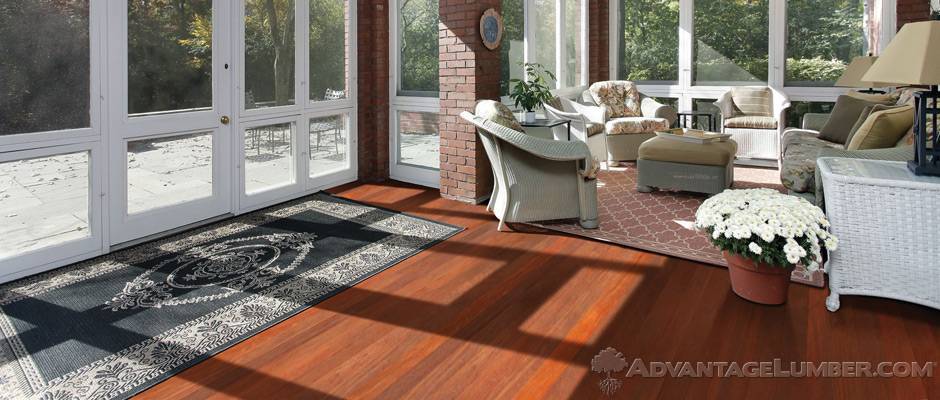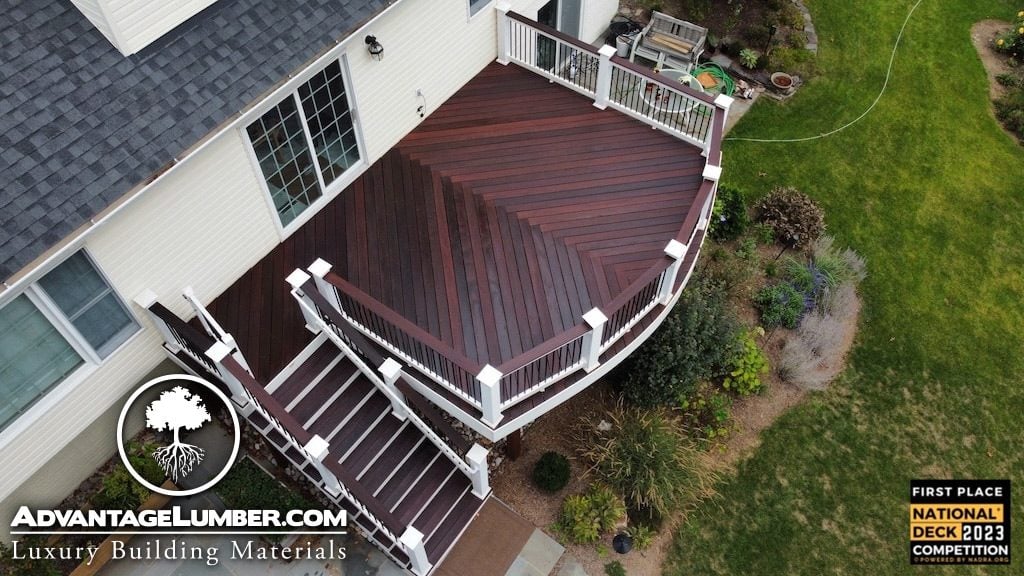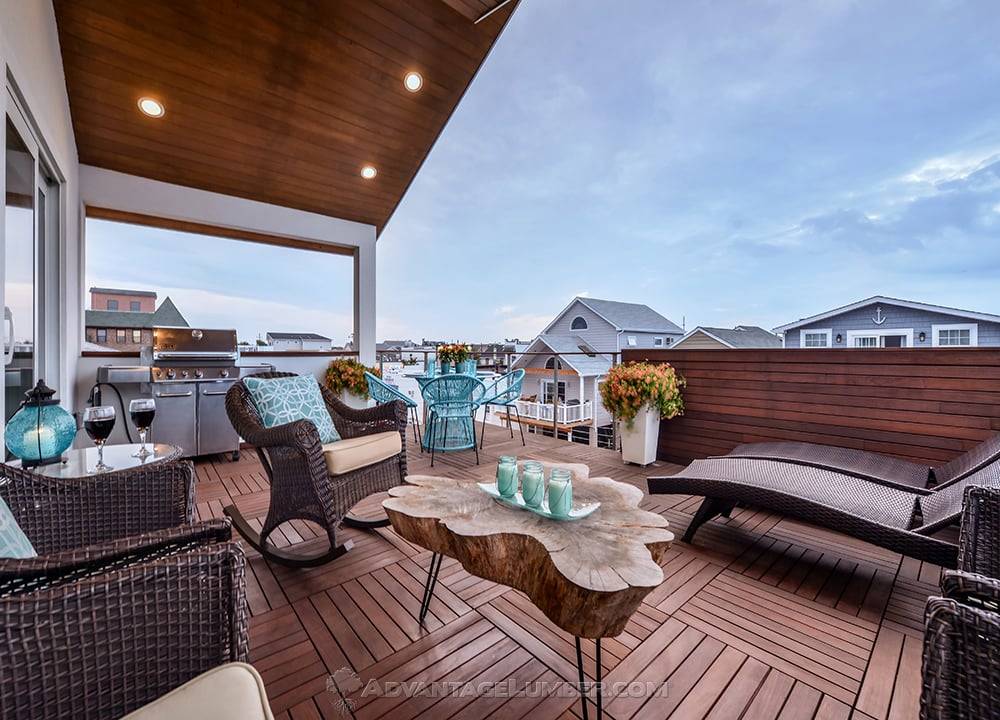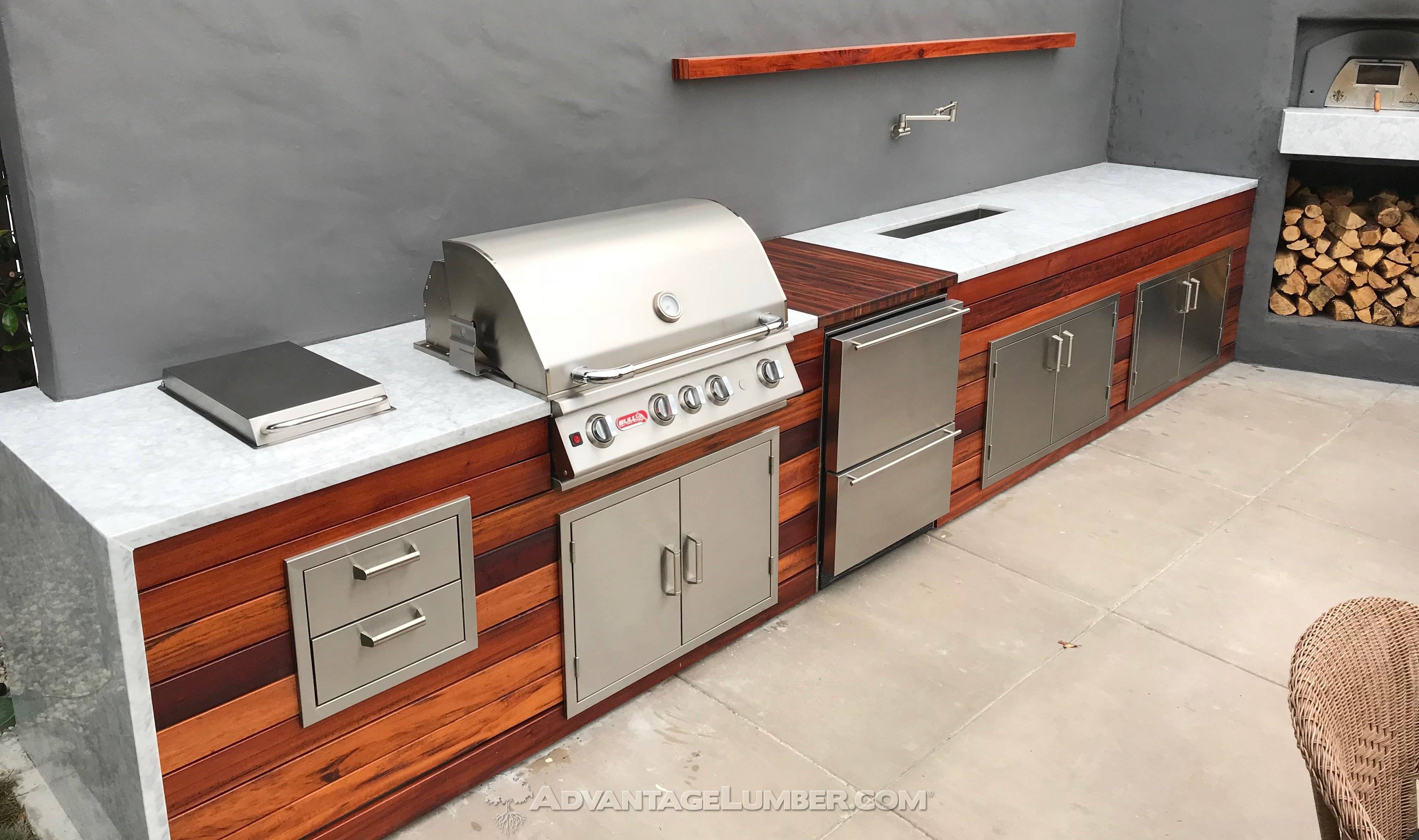The Best Flooring Options for Your Sun Room
When it comes to choosing the perfect flooring for your sun room, there’s no one-size-fits-all solution. The right choice depends on the type of sun room you have and how it interacts with the environment. Let’s explore the key considerations and top flooring options to help you create a stunning and functional space. Step One: …



